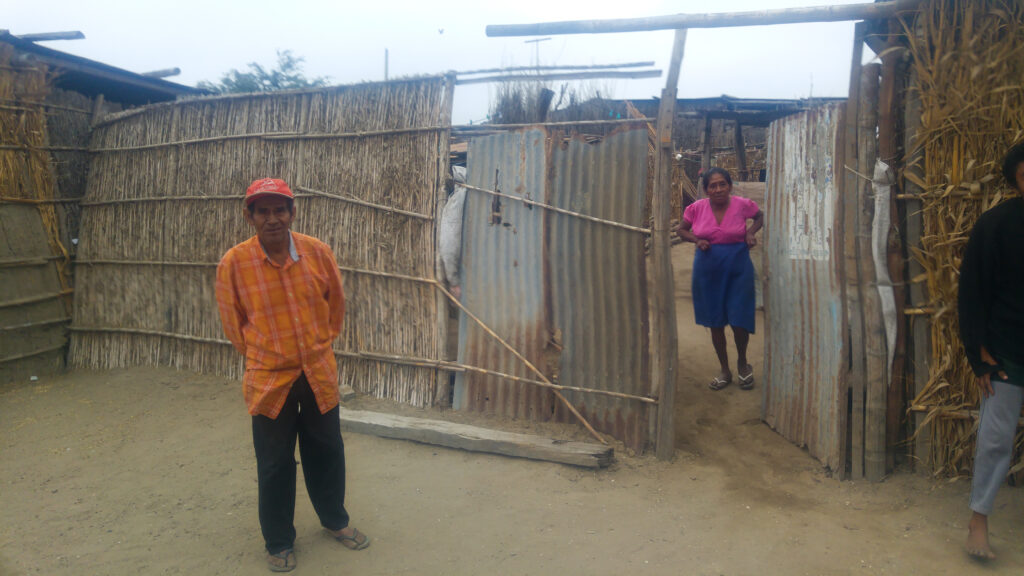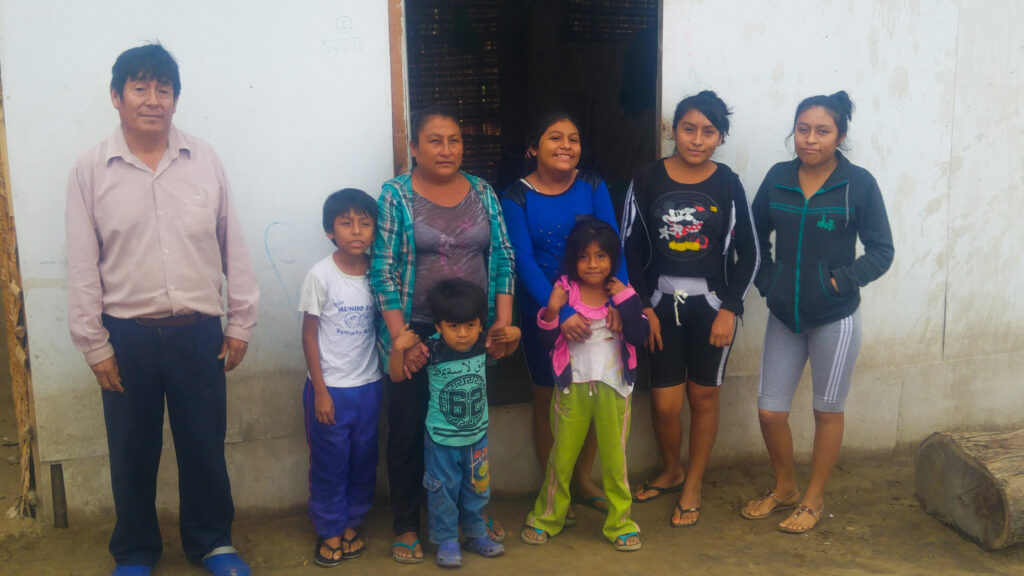Today’s post is written by CAMA worker Brian Burns.
The rain came down and the floods came up
The rain came down and the floods came up
And the house on the sand went crash!
Why would you build your house on the sand? In my five-year-old mind, each time this song was sung, I could never comprehend why someone would build their house on the sand. Foolish man.
I’m afraid I still have the same questions as an adult, only now, sadly, there is a tinge of elitism afforded by my upper-middle class status that sometimes accompanies my thoughts. Why do people keep putting themselves in the path of areas of known disasters? Why would people live that close to a river?
But what if they didn’t have a choice? What if the undesirable land was all they could afford? What if they were born as squatters on someone else’s land, destined to live only in temporary quincha (mud and stick) houses?
The Displaced In Peru
Though natural disasters can affect every strata of society, it is often the poor that bear the heaviest burden. The poor don’t have any insurance, and for a subsistence farmer in Peru, floodwaters inundating their fields is an even greater concern than losing their houses, because now their livelihoods can be washed away as well.

In Narihuala, Peru, El Niño floods played out this very drama. Following the floods, the government of Peru moved 31,000 people to temporary shelters, but there was no clear solution for the future. The temporary shelters would only last a year or two. Rebuilding quincha houses in the same area seemed futile because they will just be destroyed next season.
But now, thanks to the generosity of CAMA donors, houses that were once washed away on the sand are now built on the rock.
The Church Was There
By the Lord’s providence, The Alliance was there. In Piura, the next town over, there was a large Alliance church who began to distribute food, water, and clothes. In the second phase of response, through a partnership with CAMA, the Peruvian Alliance church was able to spearhead a very practical solution by rebuilding four homes out of brick and concrete with deep pillar foundations.
The homes are built to resist earthquakes and floods and built to Peruvian building code. When the government was searching for a solution, the church came through. CAMA provided the building plans and the building materials and Pastor Jorge Merino oversaw the work. It was a tremendous success.
In places where CAMA works all over the world, we seek to do relief and development without doing harm. We want beneficiaries to participate in their own development so that we do not encourage handouts. In this case, we asked the four families to pay for the land on which we would rebuild their house.

It was a real stretch for them, but now they have legal title to the land and the house! This has stabilized the Chero, Juraez, Villegaz, and Valverde families and has allowed the Alliance Church of Piura to shine in a time of great need.
The Steady Rock
Obviously, when Jesus gave the example of the wise and foolish builders in Matthew 7:24-7, he was addressing a deeper need than housing. In the same sermon, Jesus told this parable after he had spoken on giving to the needy, storing up treasures in heaven, and not worrying about your own physical needs. Perhaps there is no greater test of your building your life on the Lord Jesus Christ than sacrificial giving to the poor.
We aren’t only interested in giving people better-built houses after disasters, but we want them to know the simple truth that there is a steady rock that won’t move in the disaster. You have allowed God’s truth to go forth in yet another place on our needy planet. Thank you.